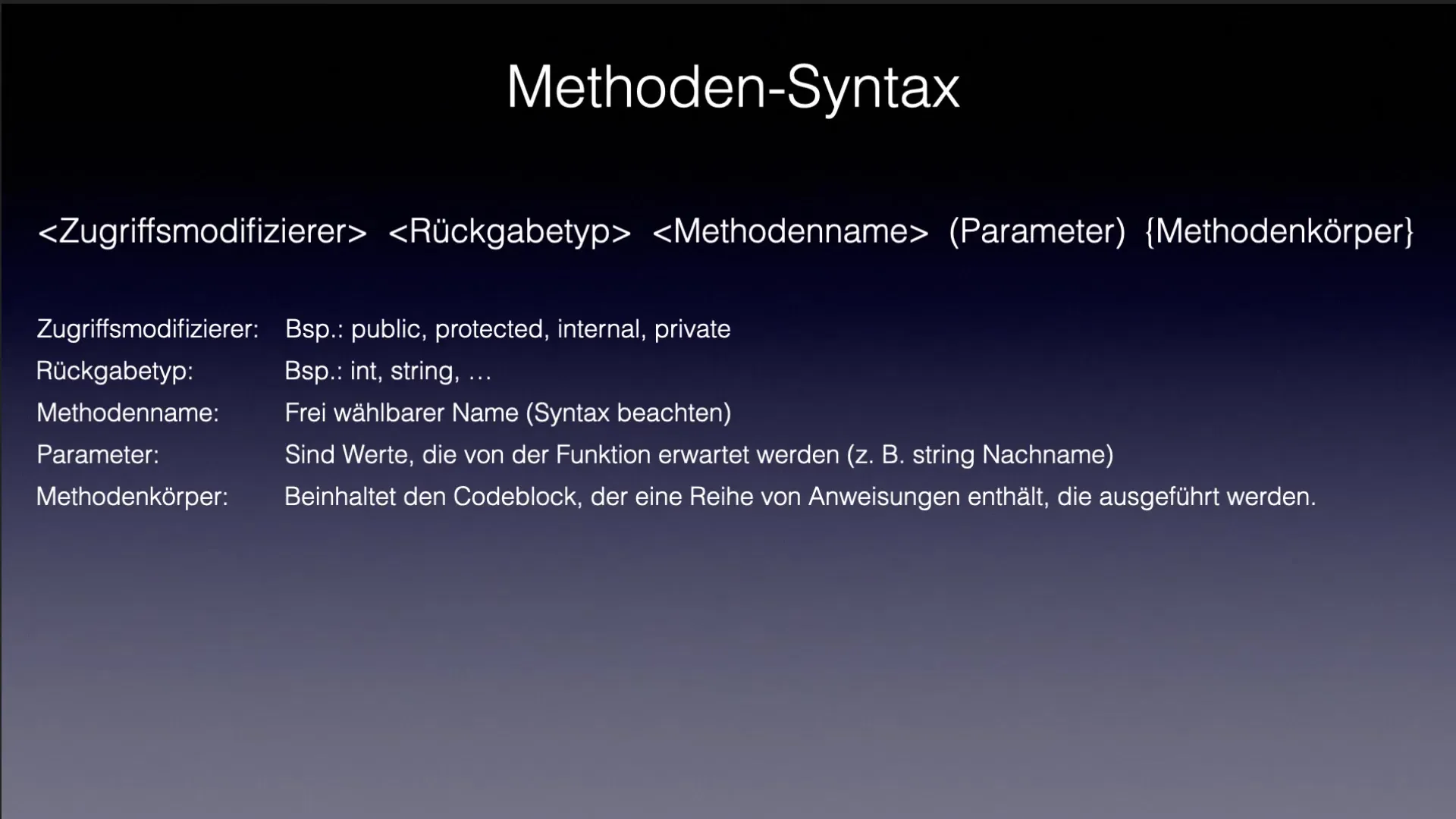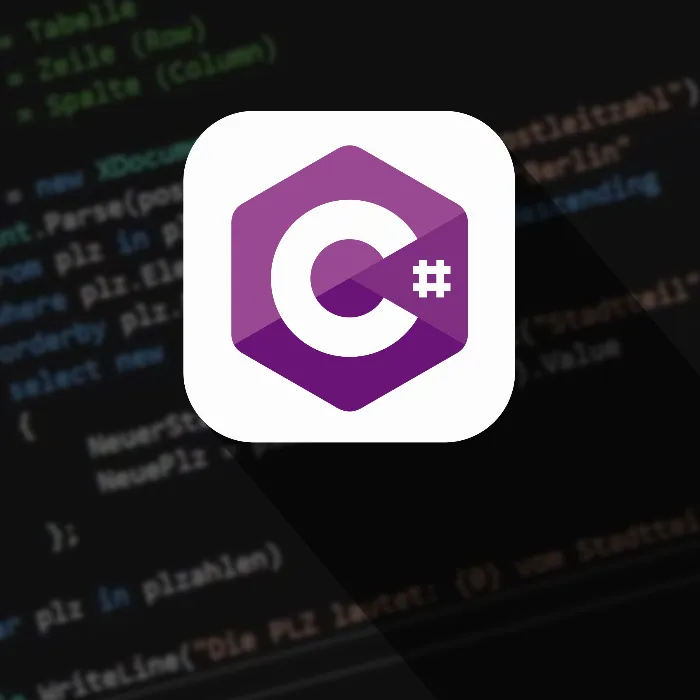In the field of C# programming, methods play a central role. They are the key to a structured and maintainable codebase. But what exactly are methods? In this article, you will learn everything important about the definition, the structure, and the use of methods. Let's dive together into the fascinating world of programming!
Key Insights
- Methods are code blocks that contain a series of instructions.
- They are called to execute specific tasks and can accept parameters.
- Each method has a return type that defines the data type of the result.
- Access to methods is regulated by access modifiers.
Definition of Methods
A method is essentially a code block that contains a sequence of instructions. These instructions are executed when the method is called. It is important to note that the method may also require arguments that must be passed when called. All these instructions are executed in the context of the respective method. The entry point in every C# application is the Main method, which is often used in the first programming attempts to output text in the console.

The Main method is called by the Common Language Runtime (CLR) as soon as the program starts.
The Structure of a Method
Now that we understand the basic definition of methods, let's take a look at their structure. A method consists of several components:
- Access modifier: This determines the visibility of the method. Examples include public, private, protected, and internal.
- Return type: This is the data type of the value that the method can return. For example, an int, string, or also void if no value is returned.
- Method name: A unique identifier that can be used only once in a class. Note that in C#, case sensitivity is crucial.
- Parameters: These do not necessarily need to be specified but can contain multiple parameters separated by commas. They are used to pass data to the method.
- Method body: This is enclosed in curly braces and contains the instructions that are executed when the method is called.
To clarify the structure of a method, let's look at the example of the Main method.

Here we recognize the entry point: static void Main(string[] args).
- The static means that the method can be called without creating an instance of the class.
- void indicates that no return value is expected.
- Main is the method name and string[] args is a parameter that allows input values to be passed to the method.
The method body is defined next and includes the specific instructions that are to be executed.
More complex methods that have a return value or expect parameters will be covered in upcoming tutorials.
Summary – Methods in C#: Basics and Structure
In this lesson, we discussed the basics of methods in C#. You now know what methods are, what they are used for, and how they are structured. Methods are essential for programming as they allow code to be structured and reusable.
Frequently Asked Questions
What is a method in C#?A method is a code block that contains a series of instructions that are executed when the method is called.
How is a method defined in C#?A method is defined with an access modifier, return type, name, and parameters in curly braces.
What does "void" mean in a method?"Void" indicates that the method has no return value.
Can a method have parameters?Yes, a method can have parameters that are passed when called, but they are not mandatory.
What is the entry point in C# applications?The Main method is the entry point in every C# application.


